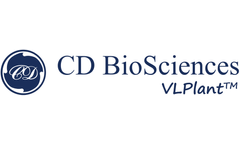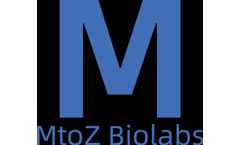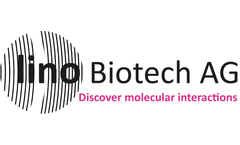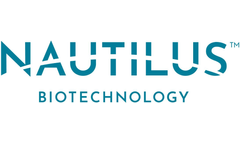Cancer Target Articles & Analysis: Older
42 articles found
Researchers often select for stable cell lines by integrating antibiotic resistance genes alongside target genes, enabling them to isolate and cultivate only those cells that incorporate the desired genetic material. ...
What Is PROTAC Technology? Proteolytic targeting chimera (PROTAC) is a new type of drug design technology that works by inducing the degradation of target proteins. ...
The conventional therapeutic landscape has often fallen short in terms of specificity and effectiveness, necessitating a shift towards more targeted approaches. The emergence of therapeutic antibodies offers promising avenues for improving treatment outcomes by selectively targeting cancer cells while sparing healthy tissues. ...
The ability to deliver mRNA effectively to target cells is crucial for harnessing its potential in treating a variety of diseases, including infectious diseases, cancer, and genetic disorders. ...
The emergence of chimeric antigen receptor T-cell (CAR-T) therapy has revolutionized the treatment of certain cancers, providing a promising targeted approach to eliminate cancer cells. ...
Due to the importance of many proteins localized in centrosomes in cell movement, such as isomorph CRA and HS actin gamma1, antibodies targeting these proteins have also become powerful tools for treating related diseases. ...
The development principle of cancer vaccines usually includes the identification of antigens, vaccine formulation, immune activation, and targeting of cancer cells. ...
Ensure Specificity and TargetingThe main advantage of ADC lies in its high specificity for specific cancer cell surface antigens. Biological activity analysis can verify whether ADC can accurately identify and bind to target antigens. ...
These drugs can cross the blood-brain barrier and enter directly into the tumor cells, thus exerting a targeted effect. The potential benefits of small molecule drug therapy for brain tumors include inhibition of tumor growth, induction of cell death, and promotion of cancer cell proliferation. However, one of the challenges faced in developing small molecule ...
BOC Sciences offers a variety of linkers, including cleavable linkers, non-cleavable linkers, and pH-sensitive linkers, to accommodate different drug payloads and target antigens. These linkers are designed to be stable in circulation but release cytotoxicity upon internalization by target cancer cells, ensuring maximum therapeutic efficacy while ...
The antibody component specifically targets surface antigens on specific cancer cells, while the drug component is responsible for killing these bound cancer cells. The design goal of ADC is to deliver the drug directly to cancer cells, thereby minimizing the impact on normal cells.DAC is an emerging drug design that combines the ...
In the field of medicine, effectively delivering drugs to the target site in the body is crucial for successful treatment. Over the years, several innovative drug delivery systems have been developed to improve drug efficacy and patient outcomes. ...
Machine Learning and Artificial Intelligence: Machine learning and AI are being applied to various aspects of protein engineering, including predicting protein-protein interactions, designing novel protein sequences, and identifying potential drug targets. These powerful tools are helping to accelerate the development of new protein-based therapies and diagnostics. ...
Oncolytic Viruses are wrought using an array of techniques, each technique contingent on the virus strain and the cancer form it targets. It is essential to curate a virus capable of adeptly identifying and effacing cancer cells. ...
By linking drugs to various biological entities, such as proteins, antibodies, nanoparticles, or targeting moieties, bioconjugation enables precise and targeted delivery of therapeutic agents to desired sites. ...
In addition to the common applications mentioned above, here we pay more attention to innovative applications of hydrocolloids, such as drug delivery, 3D food printing, and biodegradable materials. l Hydrocolloids in Drug Delivery Applications Hydrocolloids have been increasingly studied in the fabrication of nanocarriers for controlled and targeted drug delivery, most likely due ...
Background Growth factor X is a well-characterized target that is involved in multiple proliferation-related signal transduction pathways Growth factor X expressed in multiple cancer types and therefore is an ideal target cancer therapies ...
In the search for innovative and effective ways to target cancer, we are faced with more than just a challenging problem; we are faced with our own cells as opponents. ...
Cancer is a heterogenous mixture of diseases characterized by, among other things, the abnormal, uncontrolled growth of cells derived from otherwise healthy tissues (Hanahan 2022). Although cancer cells sometimes grow into balls of cells and stop there (so-called benign tumors), often they gain the ability to disperse throughout the body, seed the growth of other ...













